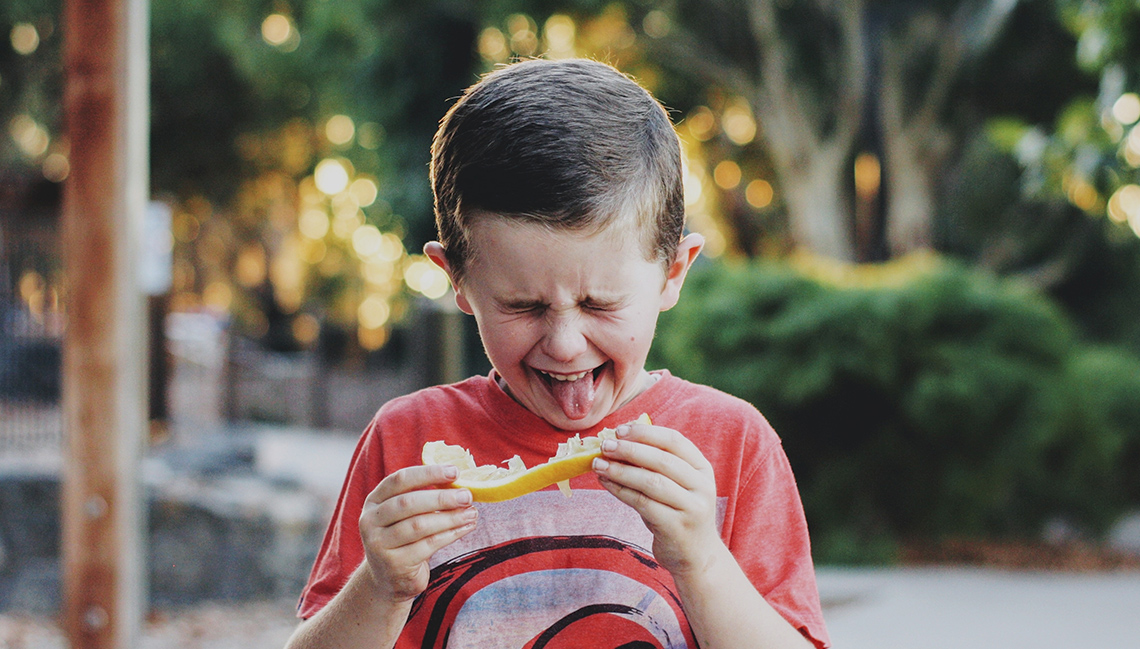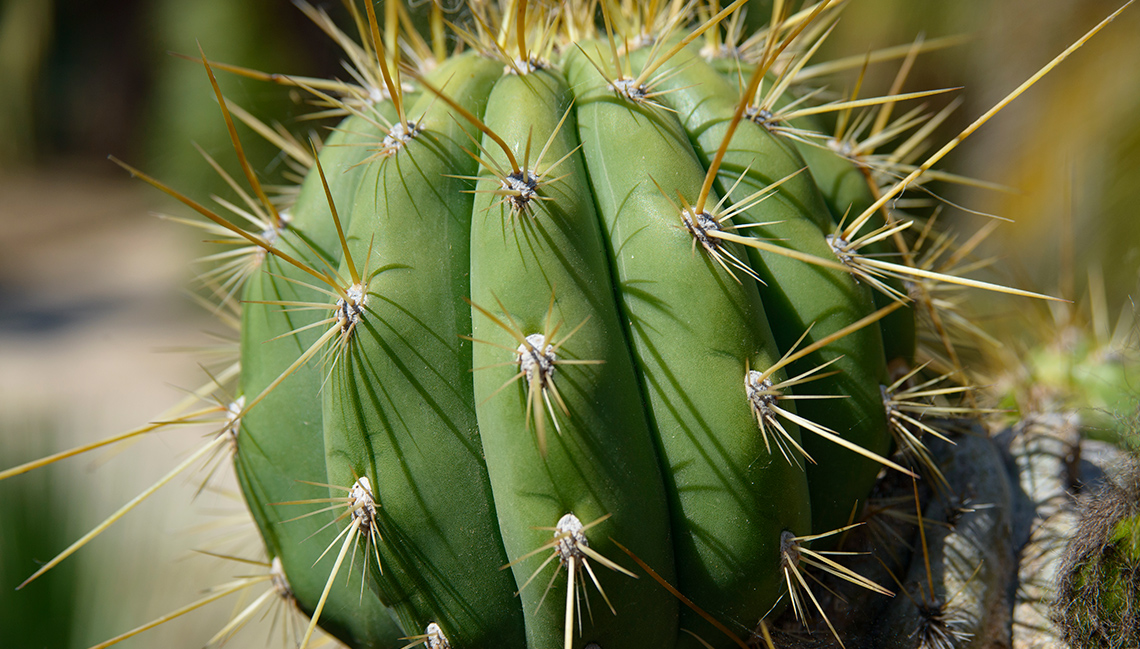Minds On
Notice and wonder
Explore the following images. What do you notice and wonder about each of the examples?
Record your answers on the computer, on paper, or in a recording.
Action
Senses

People’s bodies have many uses and do many things all the time.
People use parts of their body to move, eat, play and breathe.
Can you think of different ways you can use your body?
There are parts of the body that are used to make sense of the world. The brain collects information from these special body parts and uses that information to learn about the world.
These body parts are called sensory organs, or our senses.
There are five senses that humans can use to collect information from their environment. These senses are touch, sight, hearing, taste, and smell.
Let’s learn how each of the senses collect information.
Press the following tabs to learn more about the five senses.

The sense of sight is experienced through the eyes.
Eyes sense light, then send the brain information about how things look.
The sense of sight helps people to see shape, movement, and colour.
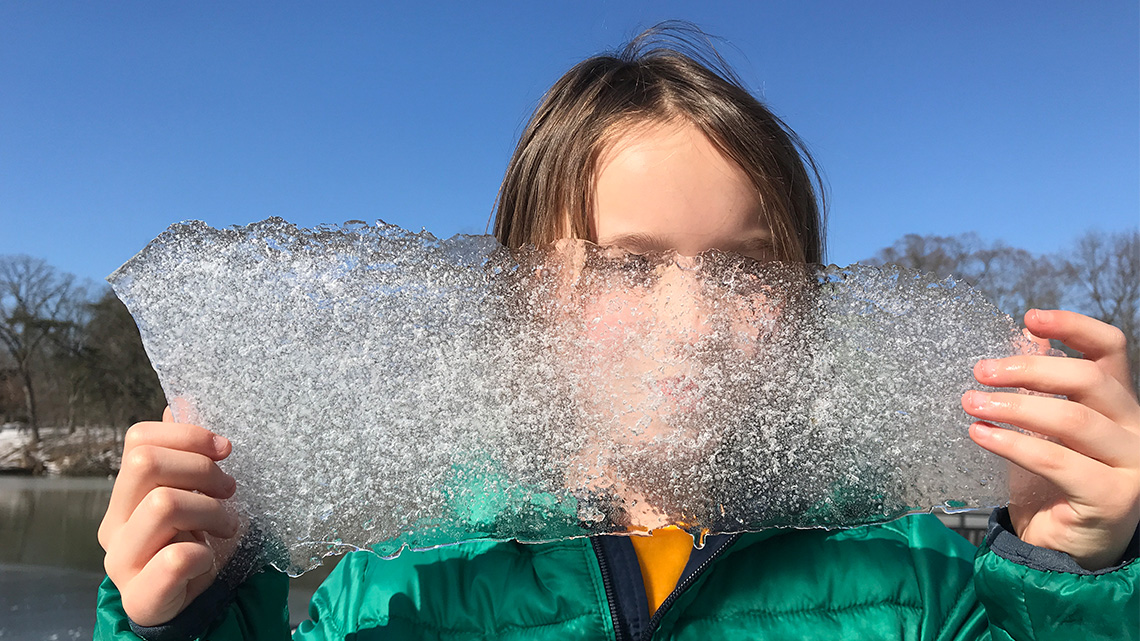
The sense of touch is experienced through the body’s skin.
The skin senses texture, motion, and temperature. It sends this information to the brain.
This sense helps people to feel if something is hot, cold, wet, dry, hard, or soft.
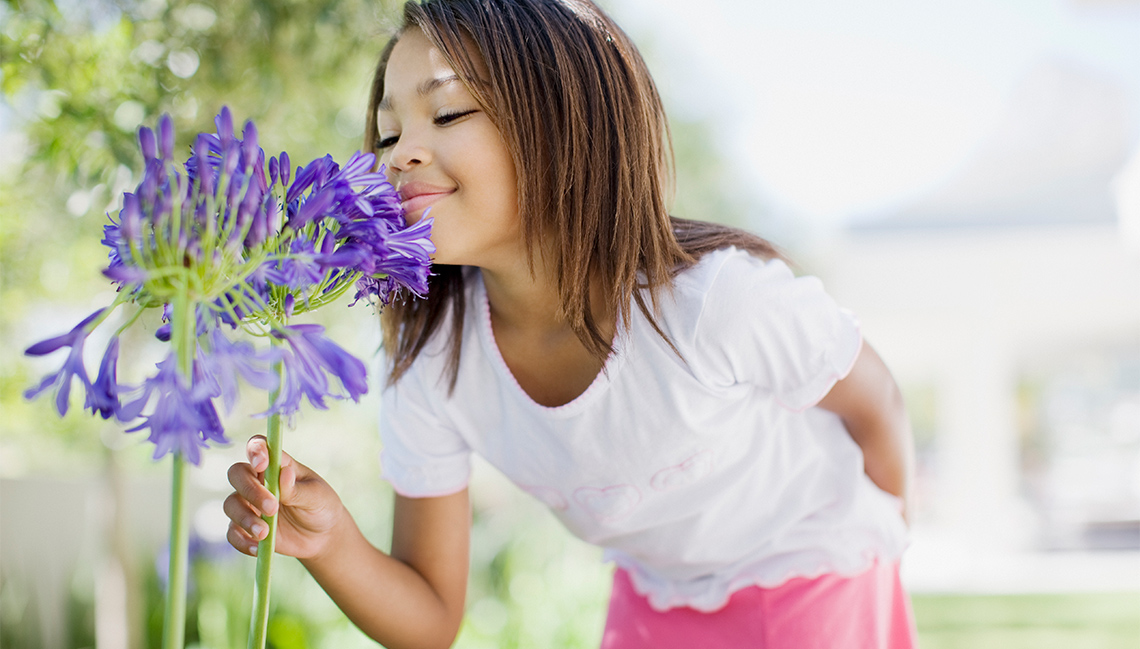
The sense of smell is experienced through the nose.
When someone breathes in, their nose senses molecules. It then then sends information to the brain about how things smell. The sense of smell helps people to smell scents that are strong and scents that might be unpleasant.
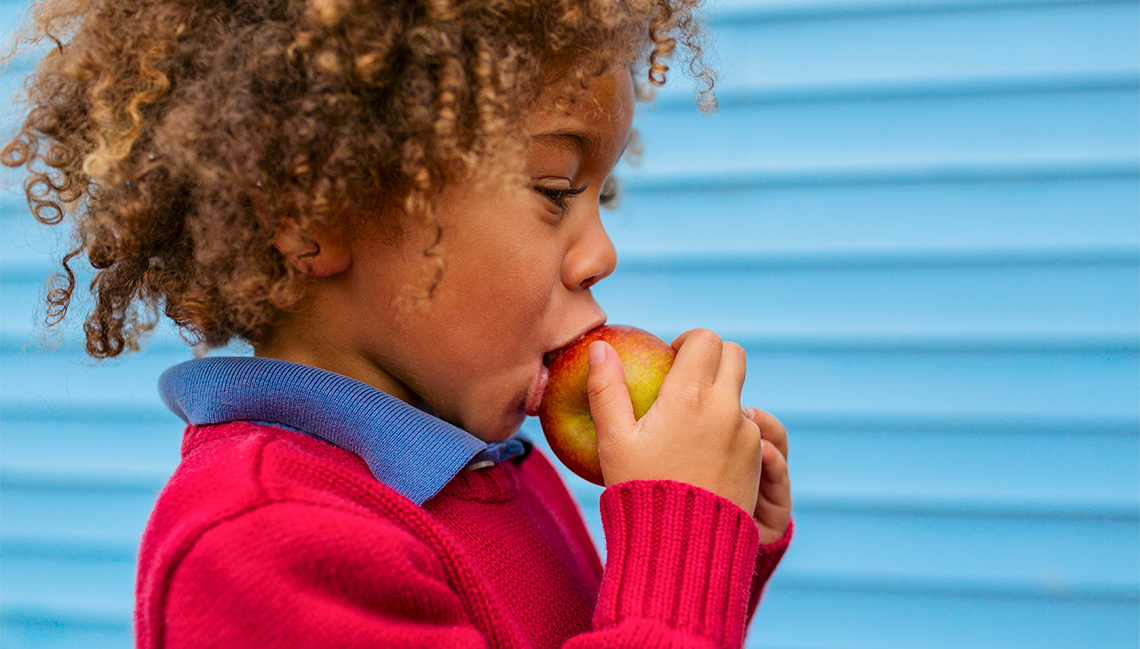
The sense of taste is experienced through the tongue and mouth.
The tongue and mouth sense molecules. They send the information to the brain about how things taste.
The sense of taste helps people to taste salty, sweet, sour, spicy, and bitter flavours.

The sense of hearing is experienced through the ears.
Ears sense vibrations, then send the brain information about how things sound.
The sense of hearing helps people to hear loud and quiet sounds.
Think about it!
How might someone use more than one of their senses at the same time to explore the world around them?
For each body part, select one of the five senses.
Let’s pretend!
In this activity, we are going to explore the five senses. Choose one or more senses that you would like to imagine or act out. Pick one of the ideas listed. Have fun!
Press the following tabs to access the five senses activity.

Imagine how your body would react as you pretend to touch:
- a cozy blanket
- a bunch of snow

Imagine how your body would react as you pretend to taste:
- a sour lemon
- a chocolate chip cookie

Imagine how your body would react as you pretend to hear:
- a whistle
- an owl hooting

Imagine how your body would react as you pretend to see:
- a giant
- an ant

Imagine how your body would react as you pretend to smell:
- freshly baked bread
- a skunk
Consolidation
Let’s review!

You have learned a lot about the 5 sensory organs, or senses, in this learning activity. Let’s review! Click on the boxes that show the senses.

What might people hear, see, touch, smell, or taste when they explore the space around them?
How do you use your senses to explore the space around you?
Share your thoughts with a partner, if possible.
Reflection
How do you feel about what you have learned in this activity? Which of the next four sentences best matches how you are feeling about your learning? Press the button that is beside this sentence.
I feel…
Now, record your ideas about your feelings using a voice recorder, speech-to-text, or writing tool.
